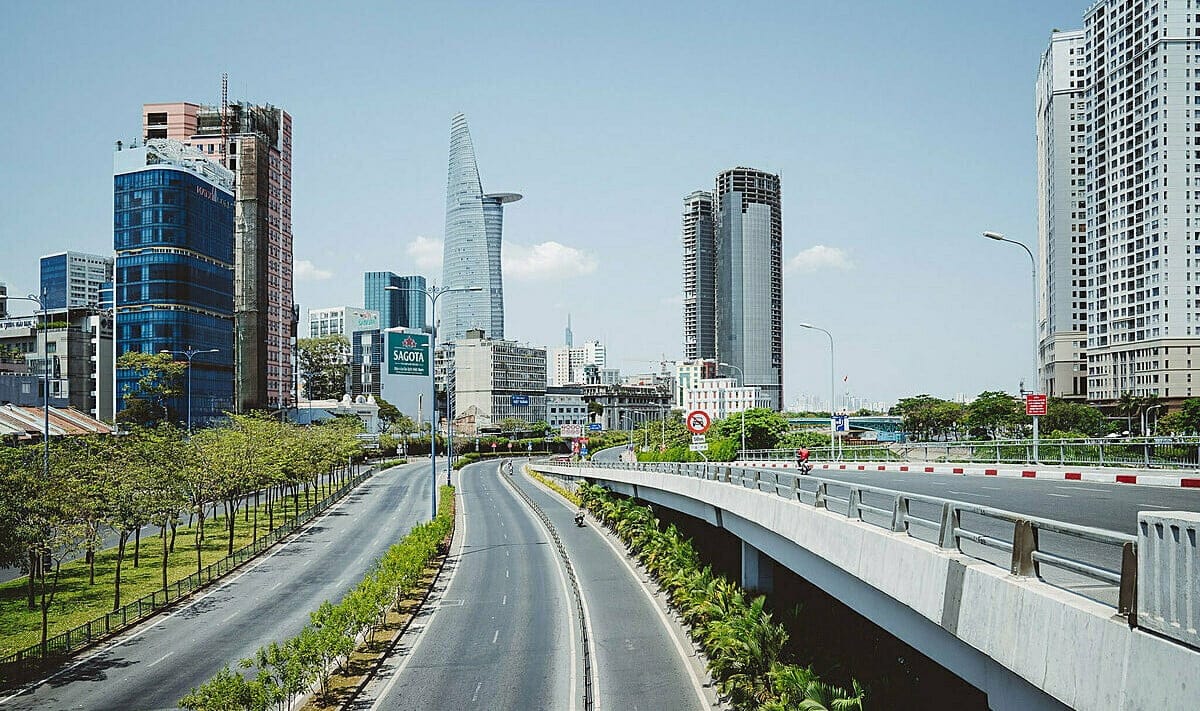THENational oceanic and atmospheric administration (NOAA) is a US federal agency dealing with oceanography, meteorology and climatology. NOAA used its air, sea and satellite resources to develop a global picture of the sharp reductions in greenhouse gases and other pollutants created by the behavioral changes caused by the coronavirus.
In what the agency hopes will be the first major study of what the world might expect from a future fleet of cleaner electric vehicles and reduced emissions from planes and industries, NOAA has rushed to put together various experiments to measure the changes caused by the near-global lockdown in April. What emerges is almost a photograph of a future without cars.
Craig McLean, NOAA assistant administrator, says, “Our past work has prepared us to investigate these times in an unprecedented way.” “This unique view of the relative immobility we find ourselves in will be measured against key insights NOAA has built over decades of data collection.” And it will help us promote a different mobility, a future without polluting cars.
Two families of bad substances
The experiments are probing the differences between the lockdown areas and those left open. Jessica Gilman, a research chemist at NOAA's Chemical Sciences Laboratory, explored the sharp decline in certain substances in urban smog called “volatile organic compounds,” many of which can cause health problems. One of the main sources is the exhaust terminal of vehicles.
On the other side of the scale, another family of compounds was put under observation. Volatile chemicals, which come from the use of cleaning products, disinfectants, and personal care products (such as face creams). Chances are they stayed the same or went up.
Smog "cooks" in the sun and becomes unpredictable
Both families of substances mix in urban smog and create new chemicals that are difficult to predict. In this case where traffic has plummeted but chemical use, probably driven by cleaning products, has increased. “It's a nonlinear effect,” Gilman explained. The example is that of a dish containing sugar, water and flour: precise ingredients, which however are cooked together. When these ingredients are cooked together, their different dosages can result in a huge variety of products, some unpredictable.
“Cooking” in this case takes place when the smog is “cooked” by sunlight. One of the answers Gilman and other scientists hope to gain from the study is an accurate picture of what smog might look like in a future without polluting cars, in which cleaner electric vehicles dominate the roads.
Another result of the study is an increased ability to detect tiny particle aerosols emitted by vehicles. The so-called PM2.5, which an increasing number of medical tests define as a serious health threat. It may also have aggravated deaths and diseases associated with Covid-19. For aerosols, NOAA has been able to exploit at least 10 satellites from the United States, Europe and Japan to measure atmospheric composition in various parts of the world.
We will learn a lot
Once the data is entered, scientists will have a better understanding of many other factors. For example, the effects of the reduction of flights by airlines. Or whether the relative and rare absence of contrails from passenger jets caused changes in cloud formations. They will also be able to assess whether these changes may have affected the amount of sunlight reaching Earth.


